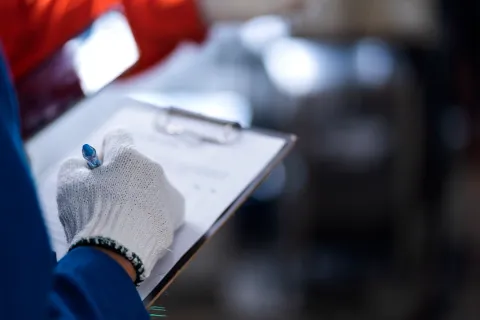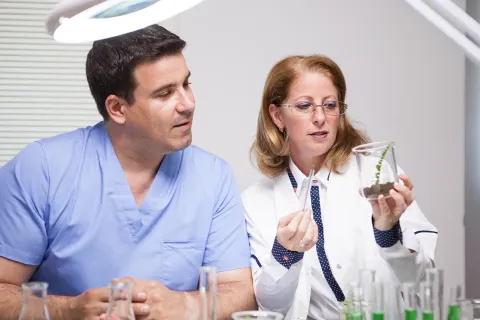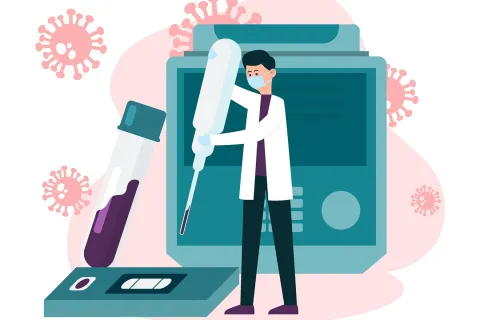
In an increasingly interconnected world, the life sciences and pharmaceutical industries are expanding their reach into diverse global markets. As companies strive to introduce their products internationally, the translation and localization of artwork become crucial components of their marketing and regulatory strategies. This blog explores the significance of effective translation and localization of artwork, the challenges involved, and best practices to ensure success in reaching varied audiences.
Understanding Translation and Localization
While translation focuses on converting text from one language to another, localization goes a step further by adapting the content to fit the cultural, legal, and functional nuances of the target market. This process is particularly vital in the life sciences sector, where packaging, labeling, and promotional materials must not only be accurate but also culturally relevant. Effective localization involves:
- Cultural Adaptation: Adjusting visuals, colors, and messages to resonate with local customs and preferences. For instance, colors that symbolize positivity in one culture may have negative connotations in another.
- Regulatory Compliance: Ensuring that all artwork meets local regulations and standards, which can vary significantly from one country to another. This is especially critical in the pharmaceutical industry, where compliance is non-negotiable.
- Technical Accuracy: Verifying that all product information, such as dosage instructions and ingredient lists, is accurately translated and formatted according to local practices.
The Importance of Artwork Localization in Global Markets
- Enhanced Market Penetration: Localized artwork allows companies to connect with consumers on a deeper level, fostering trust and brand loyalty. When consumers see packaging that reflects their culture, they are more likely to engage with the product.
- Regulatory Success: Many countries have stringent regulations regarding packaging and labeling. Proper localization ensures that all necessary information is presented in a compliant manner, reducing the risk of costly recalls or legal issues.
- Improved User Experience: Localization enhances the overall user experience by providing clear and relevant information. This is particularly important in the life sciences sector, where accurate instructions can significantly impact patient safety.
- Competitive Advantage: Companies that invest in high-quality localization can differentiate themselves from competitors who may overlook the importance of cultural relevance in their marketing strategies.
Challenges in Translation and Localization
Despite its importance, the translation and localization of artwork come with several challenges:
- Language Nuances: Translating technical terminology accurately while maintaining clarity for the end user can be difficult. Misinterpretations can lead to confusion or miscommunication.
- Cultural Sensitivity: Understanding the cultural context of the target market is essential. What works in one region may not resonate in another, and failing to consider cultural nuances can lead to marketing blunders.
- Regulatory Variability: Different countries have varying regulations regarding product labeling and advertising. Keeping track of these requirements and ensuring compliance can be complex and resource intensive.
- Coordination Across Teams: Effective localization often requires collaboration between multiple departments, including marketing, regulatory affairs, and quality assurance. Ensuring seamless communication and alignment can be challenging, especially for global teams.
Best Practices for Successful Artwork Localization
To navigate the complexities of translation and localization, companies can adopt several best practices:
- Engage Professional Translators and Local Experts
Utilizing professional translators who are native speakers of the target language ensures that the nuances of the language are captured accurately. Additionally, involving local experts can provide valuable insights into cultural preferences and regulatory requirements. - Implement a Comprehensive Localization Strategy
A well-defined localization strategy should encompass all aspects of the artwork, from initial design to final approval. This strategy should include guidelines for cultural adaptation, regulatory compliance, and quality control. - Utilize Technology for Efficiency
Leveraging translation management systems (TMS) and localization platforms can streamline the process. These tools facilitate collaboration, track changes, and ensure consistency across different languages and markets. - Conduct Thorough Quality Assurance Checks
Implementing a robust QA process is essential for identifying errors and ensuring that the localized artwork meets all necessary standards. This includes proofreading, regulatory checks, and user testing to gather feedback from target audiences. - Monitor and Adapt
Localization is not a one-time effort; it requires ongoing monitoring and adaptation. Gathering feedback from local markets and analyzing performance metrics can help companies refine their strategies and improve future localization efforts.
Conclusion
In 2024 and beyond, the translation and localization of artwork will remain a critical focus for life sciences and pharmaceutical companies looking to expand their global presence. By understanding the importance of cultural relevance, regulatory compliance, and technical accuracy, organizations can effectively navigate the challenges of diverse markets. Investing in high-quality localization not only enhances brand reputation and consumer trust but also drives market success. By implementing best practices and leveraging technology, companies can ensure that their products resonate with local audiences, ultimately leading to a more sustainable and successful international strategy. As the global landscape continues to evolve, those who prioritize effective translation and localization will be well-positioned to thrive in the competitive life sciences market.
Author: Nirupama Parate









